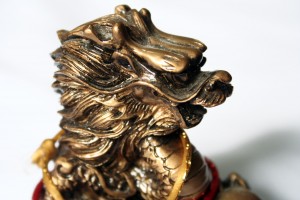 Dining out with kids can be a fun experience for the whole family – or a total nightmare. For restaurants, catering to families with children can be tricky. However, there are a few features that make a big difference between a kid-friendly eatery and a horror story waiting to be told.
Dining out with kids can be a fun experience for the whole family – or a total nightmare. For restaurants, catering to families with children can be tricky. However, there are a few features that make a big difference between a kid-friendly eatery and a horror story waiting to be told.
Whether you are a parent looking to find a great place to eat with your kids or a restaurant owner trying to appeal to families, the following are the five most important features in a kid-friendly eatery.
In a previous post we wrote about some aspects of a kids friendly restaurant. Now it’s time to expand on that post and elaborate a little on some of the most important points:
- A Real Kids Menu – We have all been to places whose kids menu consists of a choice between a hamburger and chicken nuggets. However, truly family friendly restaurants offer a real kids menu which includes numerous entrée choices, kid-centric drink options, and even a few desserts. The best restaurants go out of their way to make the kids menu healthy too, including options like fresh fruit and veggies and healthier dessert items to tempt kids and satisfy parents. To satisfy customers of all ages, ensure that your menu has multiple choices for little ones, and don’t forget that children are often more sophisticated in their tastes than you may realize, so smaller portions of adult fare may go over well with your young clientele.
- Fast Service – While we all know that food in a busy restaurant takes a little longer to come out, many eateries miss the mark when it comes to getting food out quickly. This doesn’t mean that you should serve families with kids before other customers, but look for ways to keep the kids happy while the food cooks. In many cases, children are often hungry as soon as they get into their seats, so try to come up with ways to keep hungry tummies satisfied. You may want to offer kid-friendly appetizers with kids meals (think veggies for dipping, fries, or some other finger-food). This can keep kids busy and satisfied, preventing parents from becoming agitated and keeping kids calm and happy. Not only is this great for preserving the atmosphere in your restaurant, it also creates a more pleasant experience for parents who are likely to come back.
- Kid Friendly Seating – The best seating for kids can be summed up in one word- booths. Booth style seating is more comfortable and safer for kids. Chairs, particularly taller “bar stool” types mean the danger of falling, can lead to tripping, and are more difficult for parents to manage. Instead, dining booths mean that kids are able to sit comfortably, parents have room for coats and diaper bags, and children are unlikely to fall or to get in the way of other patrons or wait staff. Parents, particularly those who dine out regularly, tend to choose restaurants that offer booth seating. (more…)





 Globe of Blogs
Globe of Blogs http://www.buzzerhut.com
http://www.buzzerhut.com